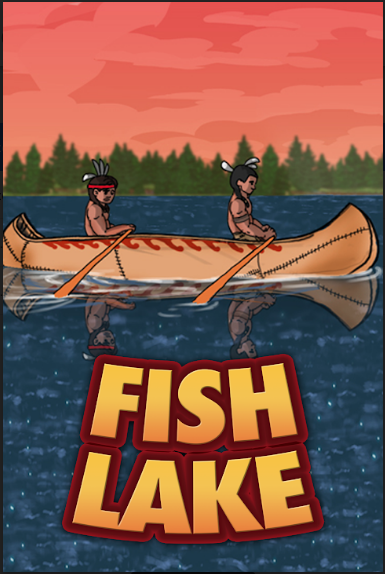Students often struggle with multi-step problems for a lot of reasons. In my experience, the most common one is they stop too soon. For example, in the first lesson below, the student may add up the fractions of the rice gathered by each of the two sisters and stop there. However, the question asks, “How much of the rice is LEFT to gather?”
(If they’re still confused, we have our Start at the End video. You can check that out later.)
A second obstacle is just not knowing how to solve one or more parts of the problem. A student may not understand how to convert a whole number to fraction, for example.
Speaking of examples, I think the more examples students have in the more different contexts, the better. Here are two examples of multi-step word problems with adding and subtracting fractions. We provided these in PowerPoint and PDF because not all schools have a PPT license and sometimes, even if you do, the slides don’t show exactly right on a different computer even though they looked perfect on your computer at home!
DOWNLOAD THE PDF or PPT HERE:
| POWERPOINT | |
| Adding and subtracting fractions | Adding and subtracting fractions |
| Subtracting fractions | Subtracting fractions |
Prerequisite information to adding and subtracting fractions with a common denominator
Sometimes, the problem is that a student lacks the prerequisite information. What’s a denominator? How do you add fractions with the same denominator? If you think that’s the case, show the video below first, then move on to the presentation.
Maybe your students know what a numerator and denominator is but they need help converting one to an equivalent fraction – we also have a lesson plan for that.
Learn adding and subtracting fractions with a common denominator in the Fish Lake adventure game!

End your class with style learning fractions by playing Fish Lake
Description: In the Fish Lake adventure game, players practice with fractions while learning math problem-solving strategies. The storyline is set in the context of Ojibwe history and culture. Spear fish, hunt deer, pack for a long journey, all of the time learning how to apply fractions in real situations, whether it’s dividing up the work or sharing a pot of stew.
| Recommended for | Grades 4-6 |
| Math Standards alignment | Grades 4-6 |
| Math topics | Fractions |
| Culture | Ojibwe |
| Available for | iPads, Mac or Windows computers |






Teacher Kim
Christy Hanson